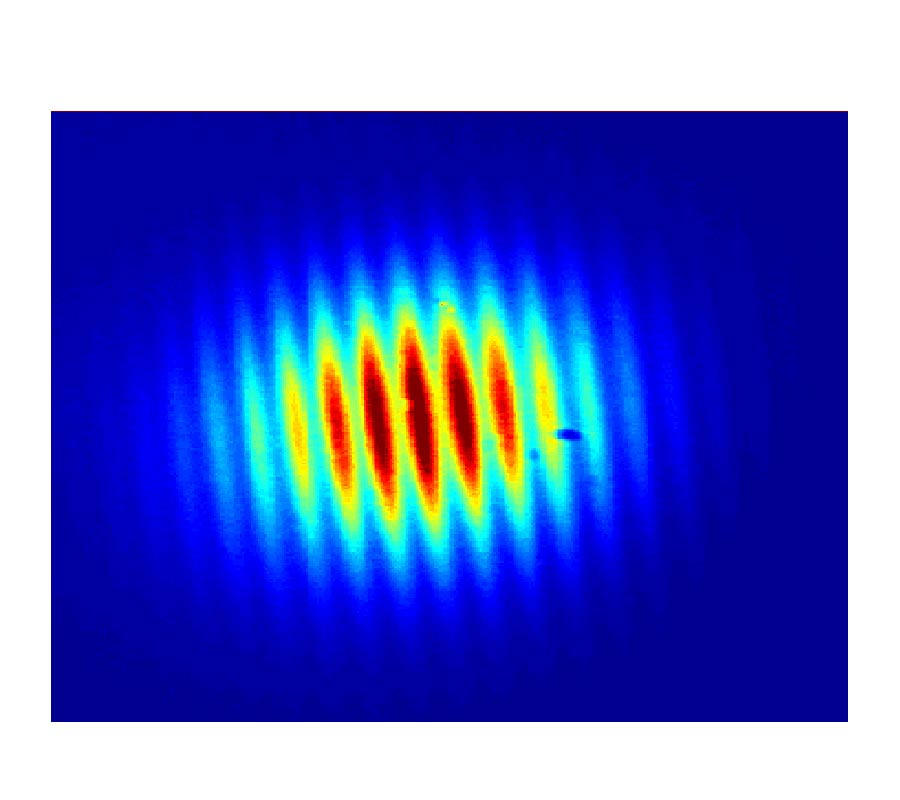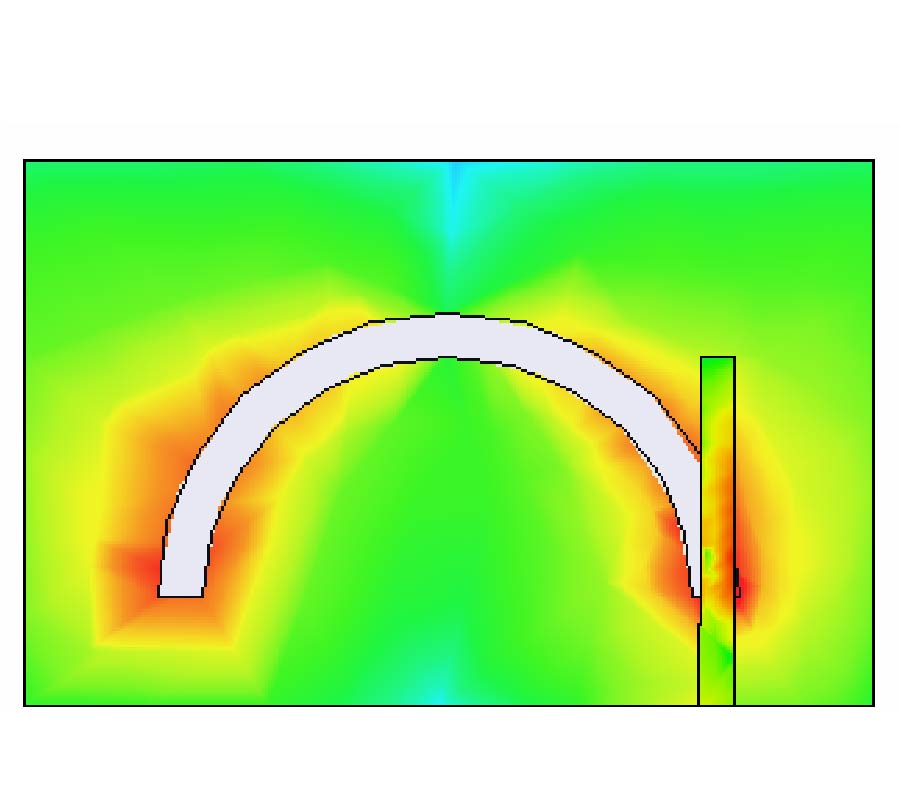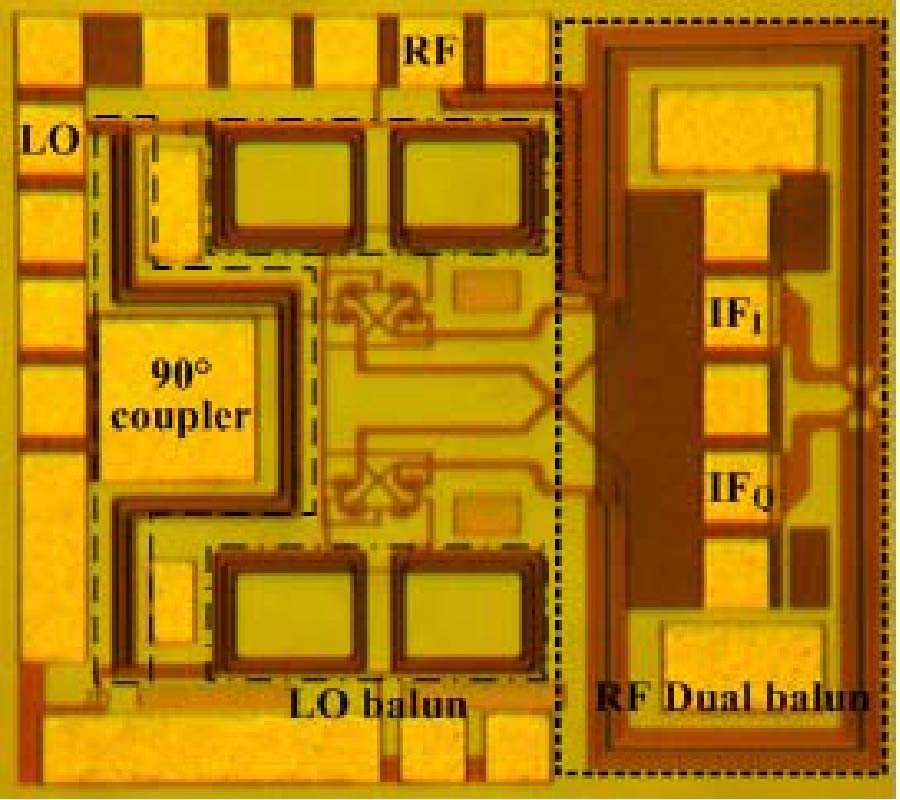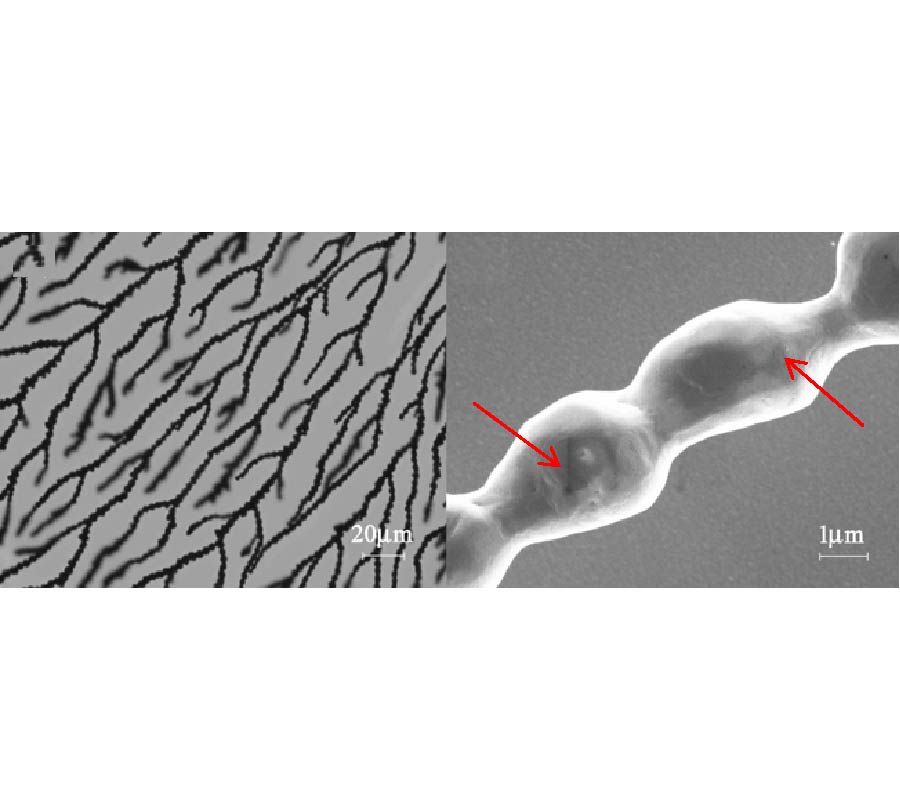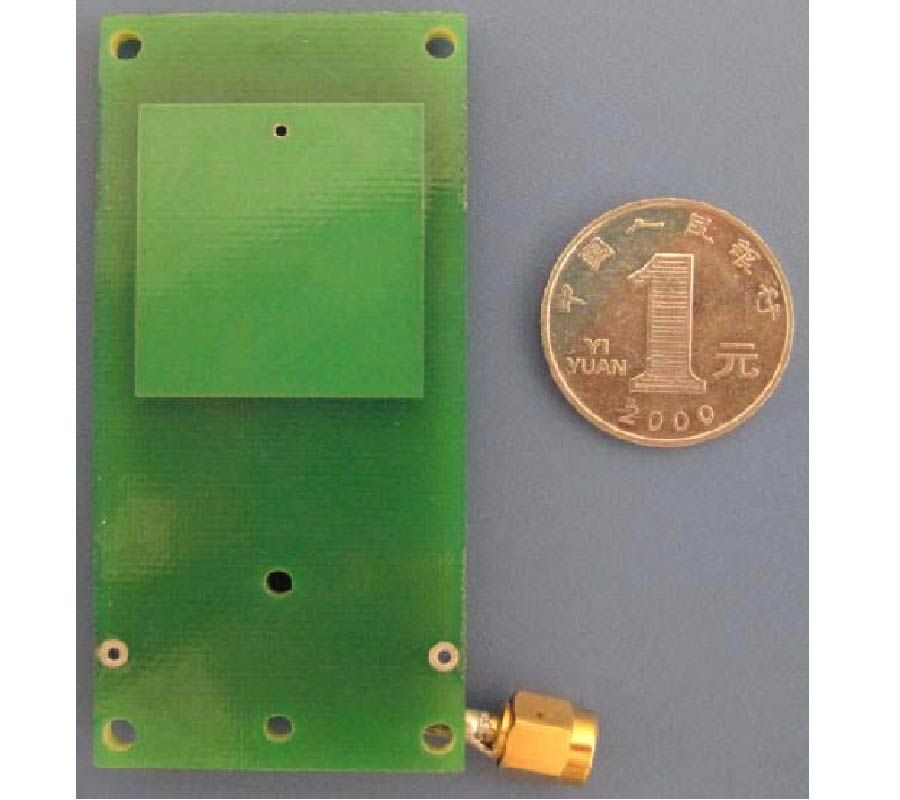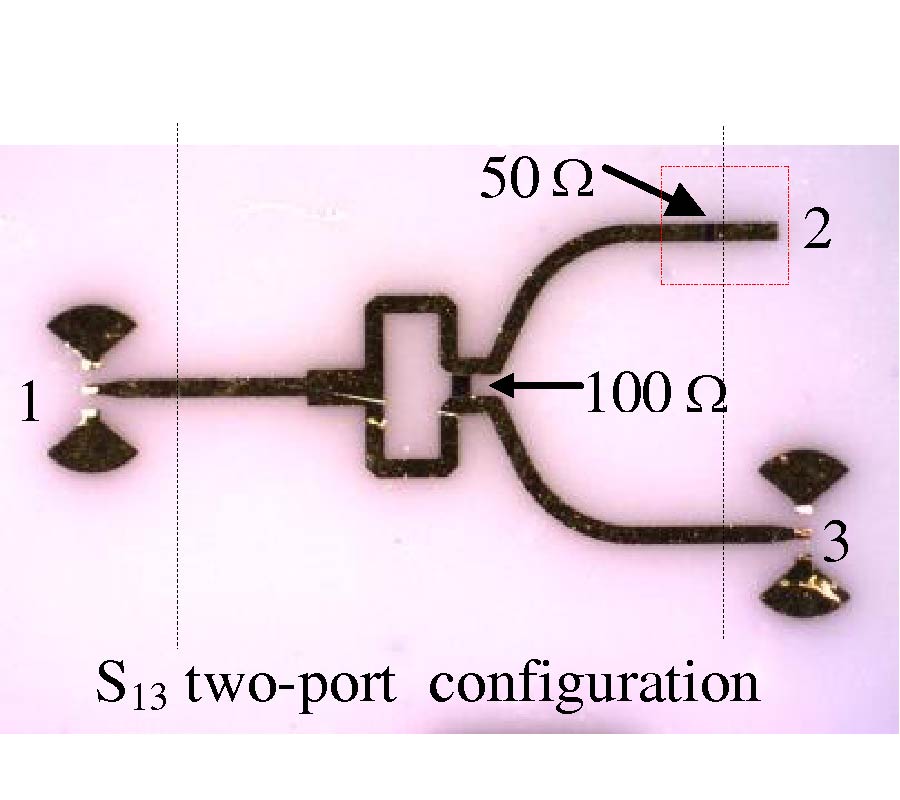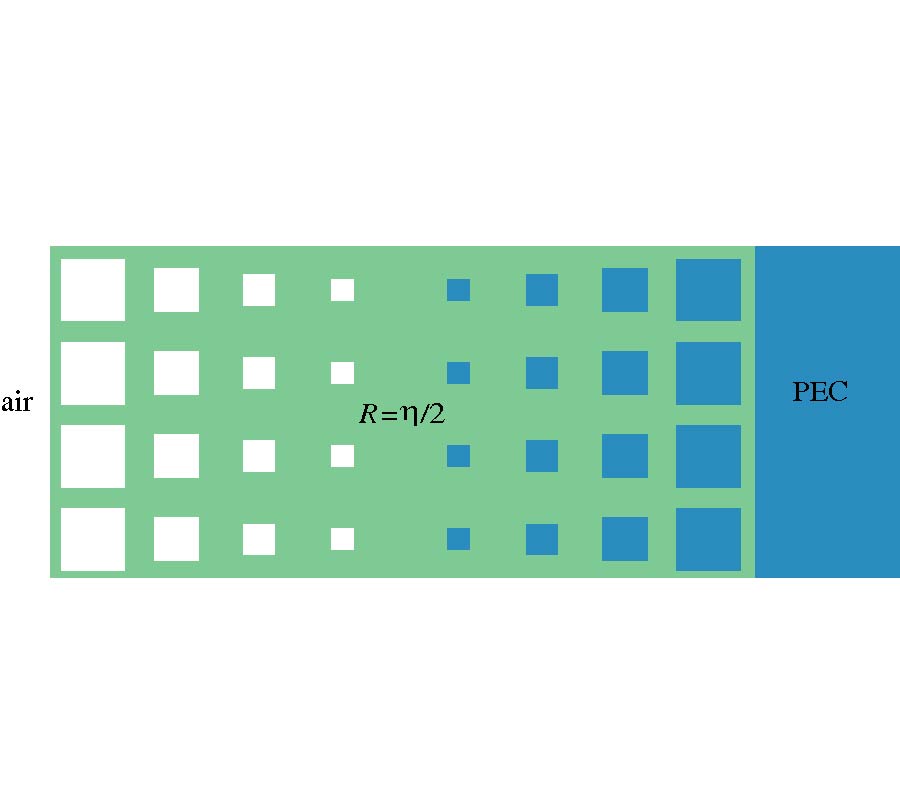A Wide-Band, Polarization-Insensitive and Wide-Angle Terahertz Metamaterial Absorber
Chao Gu,
Shaobo Qu,
Zhibin Pei,
Hang Zhou,
Jiafu Wang,
Baoqin Lin,
Zhuo Xu,
Peng Bai and
Wei-Dong Peng
In this paper, a wide-band, polarization-insensitive, wide-angle terahertz metamaterial absorber is presented. Simulated results show that the absorber can achieve polarization-insensitive, wide-angle absorptions in a wide band from 4.15 to 4.85 THz. The retrieved impedance shows that the impedance of the absorber could be tuned, in the absorption band, to match approximatively that of free space on one side and to mismatch on the other side, rendering both the reflectance and transmission minimal and thus the corresponding absorbance maximal. The simulated absorbances under three different loss conditions suggest that high absorbance is mainly due to the metallic absorption (Ohmic loss). The dielectric loss of the substrate is minor compared with the metallic absorption. The distribution of the surface current density indicates that the electric and magnetic responses are mainly caused by the front structure. This wide-band terahertz metamaterial absorber has potential applications in many functional devices such as microbolometers, thermal detectors, and solar cells.




